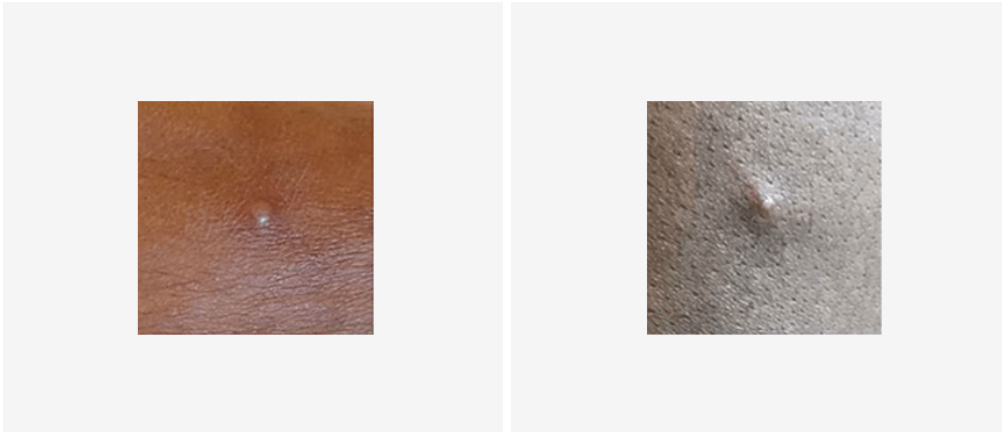Monkeypox
By William Huang
Monkeypox, a rare but serious disease, is caused by the monkeypox virus. Like smallpox, it is transmissible between humans and animals, but it is less severe. Monkeypox was first discovered in 1958 when an outbreak occurred near monkeys who were being used in research studies. The first human case wasn’t discovered later in 1970. Before the outbreak of cases this year, monkeypox was mainly reported in western and central African countries.
The Center of Disease Control and Prevention (CDC) reports that most cases of monkeypox occur between men who are gay, bisexual, and trans. However, this does not mean that other people cannot get the virus, as anyone who is exposed can contract the disease. In fact, 2 cases were confirmed among children this July, both of whom are being treated and are in good health.

Photo credit: UK Health Security Agency
Symptoms
Monkeypox is divided into two periods. The first is called the invasion period, which typically lasts between 0-5 days. It is characterized by characterized by fever, intense headache, lymphadenopathy (swelling of the lymph nodes), back pain, myalgia (muscle aches) and intense asthenia (lack of energy). Lymphadenopathy is a distinctive feature of monkeypox compared to other diseases that may initially appear similar (chickenpox, measles, smallpox).
The skin eruption usually begins within 1–3 days after the appearance of fever. The rash tends to be more concentrated on the face and extremities rather than on the trunk. It affects the face in 95% of cases, and palms of the hands and soles of the feet in 75% of cases. The rash evolves sequentially from macules (lesions with a flat base) to papules (slightly raised firm lesions), vesicles (lesions filled with clear fluid), pustules (lesions filled with yellowish fluid), and crusts which dry up and fall off. The number of lesions varies from a few to several thousand. In severe cases, lesions can coalesce until large sections of skin slough off. The rash typically lasts for 2-4 weeks.
Diagnosis
When monkeypox is suspected, health workers should collect a sample and transfer it to a facility. Polymerase chain reaction (PCR) is the preferred test as it is accurate and sensitive. Optimal samples are from skin lesions, and must be kept in a dry tube in a cold environment. In order to interpret test results, it is critical that patient information be provided with the specimens including: a) date of onset of fever, b) date of onset of rash, c) date of specimen collection, d) current status of the individual (stage of rash), and e) age.
Therapeutics
Clinical care for monkeypox is leveraged to reduce symptoms. Patients are offered treatments like fluids, food, and in some cases, antivirals. Tecovirimat was developed for smallpox by the European Medicines Agency (EMA) and licensed for monkeypox in 2022, but it is not widely available.
Given that the World Health Organization issued a statement declaring monkeypox as a public health emergency of international concern, the highest level of warning given by the agency, it is important that we work to help prevent and slow the spread of the disease. Through raising awareness, educating people, and appropriate policies, we can hopefully develop an effective response to help healthcare workers, those at risk, and monkeypox patients overcome this surge.

All Rights Reserved | Safe Covid-19 Relief Engineerning



